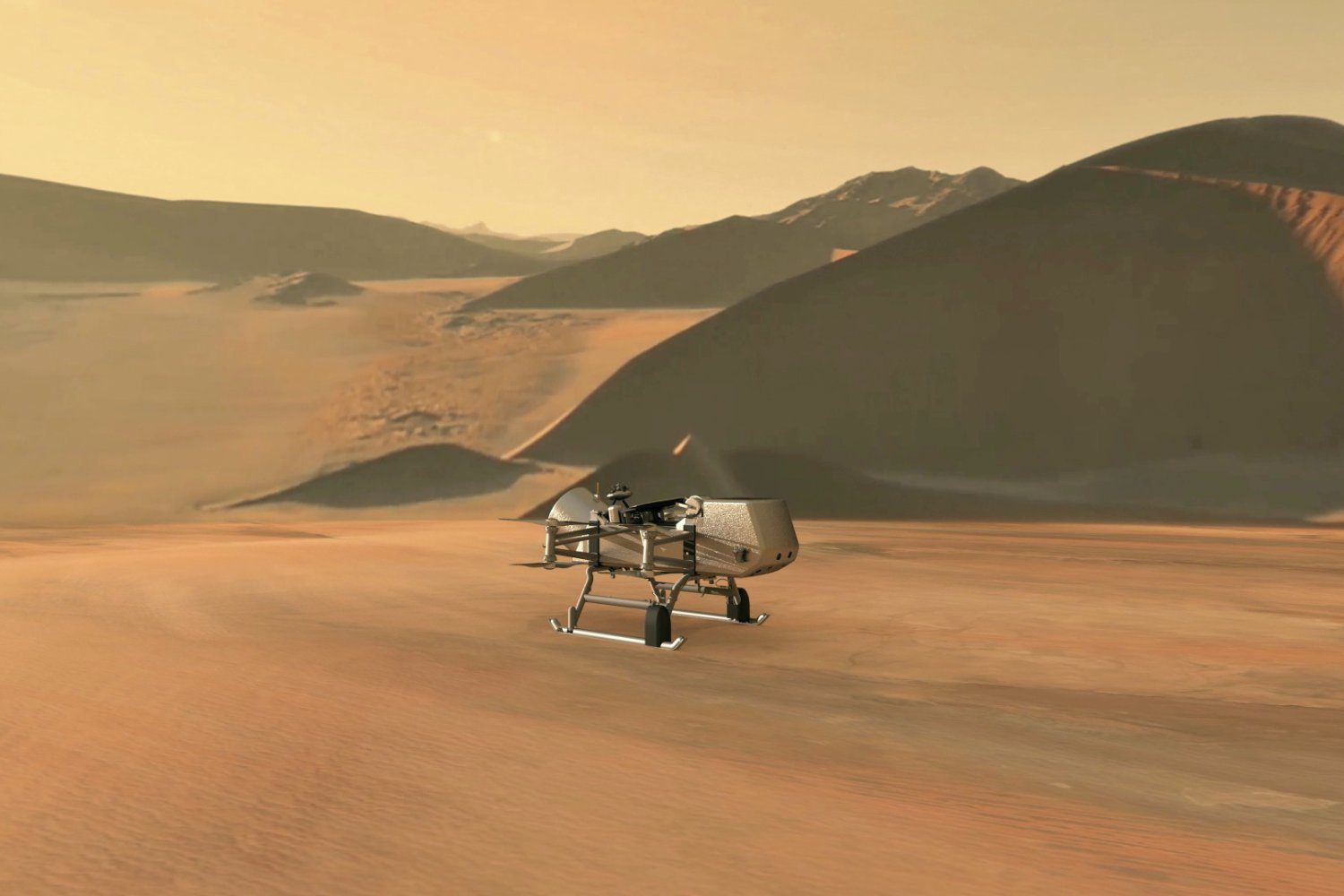
What will be NASA’s next big exploration endeavor? The National Academies of Sciences, Engineering, and Medicine has recently released its proposed scientific themes for the agency’s fifth New Frontiers mission, presenting essential priorities and offering an exciting look into the future of space exploration.
The report highlights several mission concepts identified as essential for addressing significant scientific needs while ensuring a well-rounded portfolio of missions. NASA is expected to launch its fifth New Frontiers mission in the 2030s, with several promising candidates under consideration, including a probe to Saturn, a lunar network of sensors, and a bold endeavor to retrieve samples from a dwarf planet—similar to the previous OSIRIS-REx mission. The complete report can be accessed via the National Academies website.
Earlier decadal surveys conducted by the academies focused on critical themes such as discovering habitable worlds, exploring Uranus, filling funding gaps for human space exploration, and addressing the lingering mysteries of our solar system. While the current report isn’t a decadal survey, it was developed at NASA’s request to evaluate the feasibility of each mission as the agency gears up for the next New Frontiers opportunity.
According to NASA’s website, the New Frontiers program “aims to achieve focused planetary science investigations using innovative and efficient management strategies.” Its primary goal is to address unique scientific questions related to the exploration of our solar system.
Current New Frontiers missions include New Horizons, which launched in 2006 and flew by Pluto in 2015, Juno (2011), focused on studying Jupiter, and OSIRIS-REx (2016), which successfully collected samples from an asteroid and returned them to Earth. An anticipated New Frontiers mission is NASA’s Dragonfly, a quadcopter drone set to launch to Titan, Saturn’s moon, no earlier than 2028.
The recent survey identified 11 key findings and recommended seven mission concepts for further investigation as potential candidates for the fifth New Frontiers mission: the Centaur Orbiter and Lander, Ceres Sample Return, Comet Surface Sample Return, Enceladus Multiple Flyby, Io Observer, Lunar Geophysical Network, and Saturn Probe.
The Centaur Orbiter and Lander would assess the chemical and physical properties of Centaurs, small icy bodies located in the Kuiper Belt. The Ceres Sample Return mission would retrieve materials from the dwarf planet Ceres, while the Comet Surface Sample Return mission aims to do the same, but from a comet composed of ice and dust traveling through space.
The Enceladus Multiple Flyby would allow scientists to study a small moon of Saturn that is believed to have a subsurface ocean beneath its icy surface. The Io Observer would investigate a highly volcanic moon of Jupiter to enhance our understanding of tidal heating. The Lunar Geophysical Network would establish a comprehensive array of geophysical instruments on the Moon, facilitating deeper insights into its interior structure, from core to crust. The Saturn Probe would literally probe the planet to gather fundamental measurements, aiding our comprehension of solar system formation and the nature of giant planets, including Saturn itself.
As mentioned on the National Academies’ website, the announcement of the fifth New Frontiers mission opportunity has been postponed until at least 2026, overlapping with the timeline for the sixth phase of the program. Consequently, NASA requested that the National Academies “examine and report on any scientific, programmatic, and technological developments that could significantly influence the mission themes prioritized” for the fifth endeavor.
While the report stops short of providing definitive answers regarding the upcoming fifth New Frontiers mission—leaving us in the dark for now—it serves as a guiding framework for NASA. Once the Dragonfly mission is successfully launched, agency staff can shift their focus more toward the exploration of the sixth mission in this groundbreaking series.
Though the next step for New Frontiers is still on the horizon, these mission concepts serve as an encouraging reminder that NASA scientists are committed to envisioning a brighter future amidst the challenges of today—despite being constrained by current limitations.









